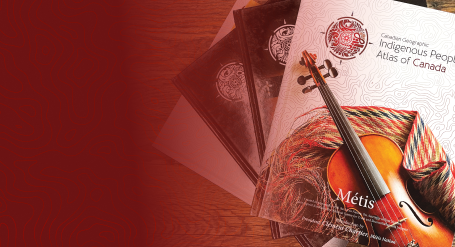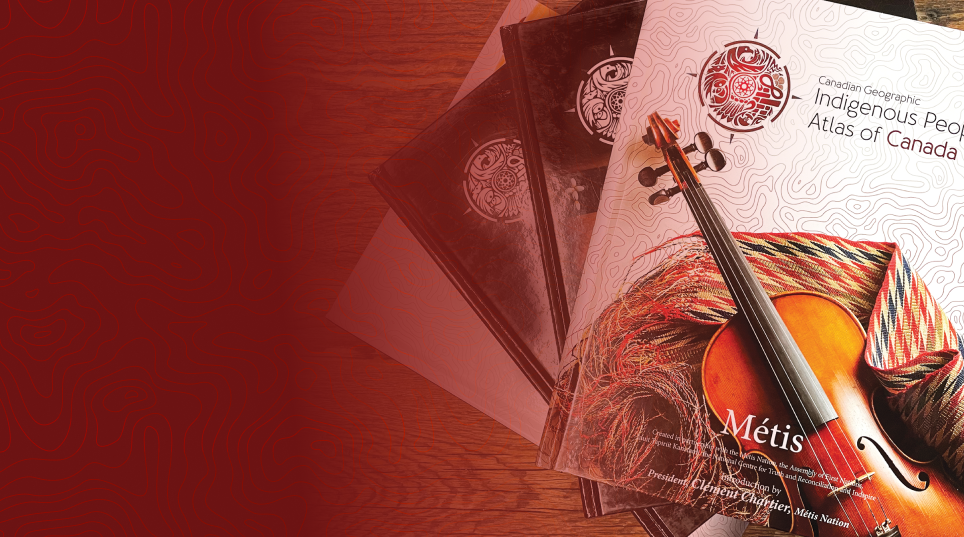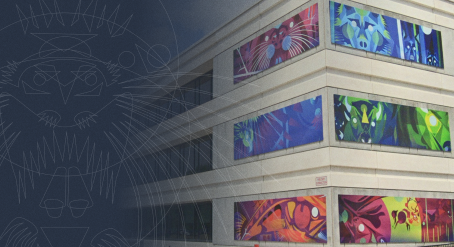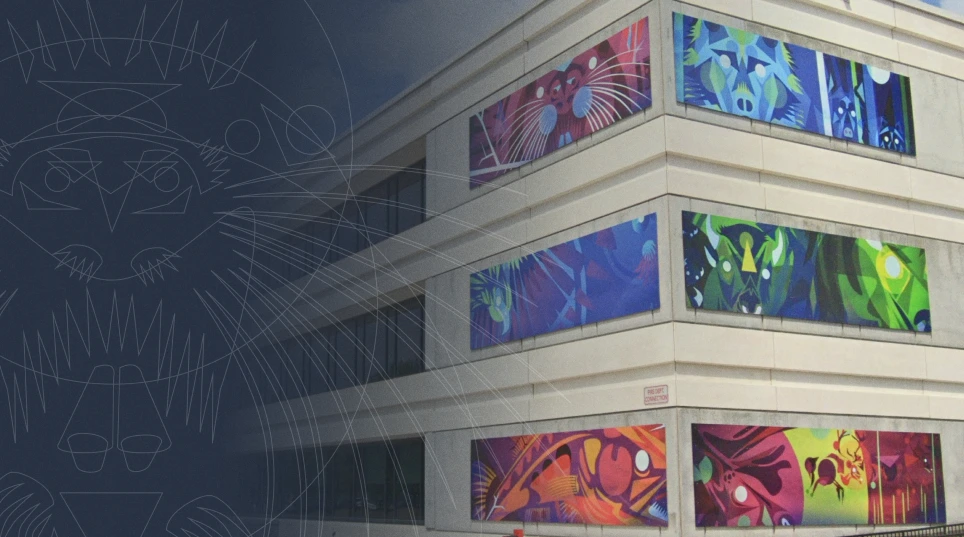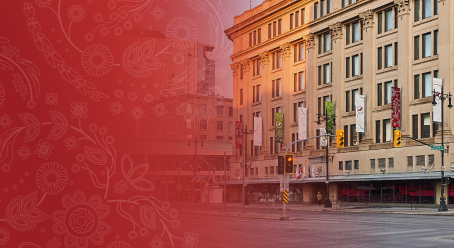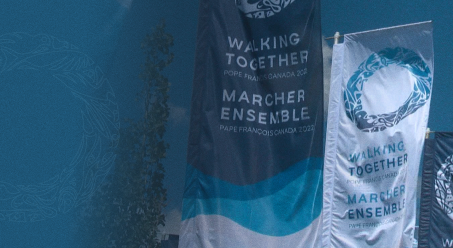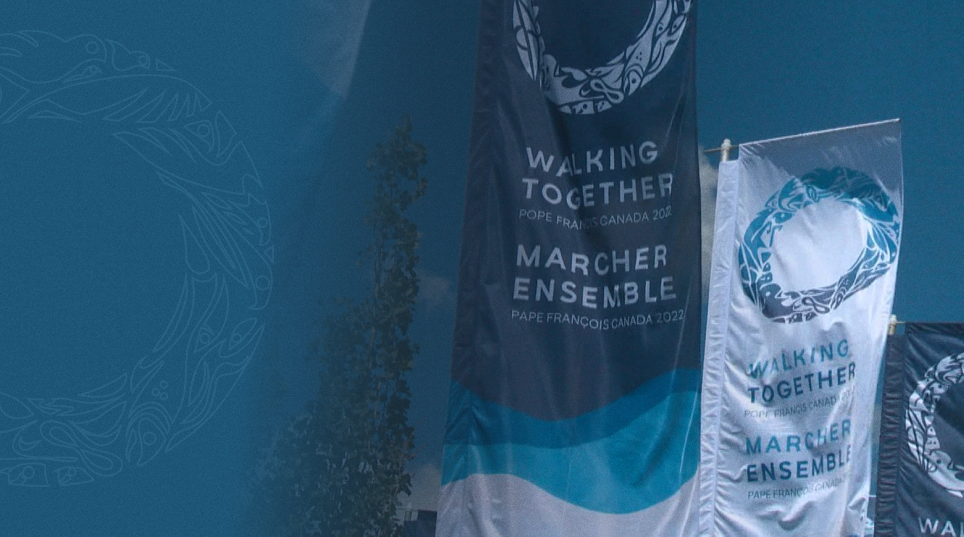Who We Are
Our Process
Our Winnipeg design team creates logos that turn heads and stand the test of time. Weaving traditional, symbolic elements into contemporary, custom design, our work is centered around storytelling — reflecting what is real and meaningful to our clients, their customers, participants, stakeholders and community members, and also to ourselves.
Talk to us about how we can help create your custom visual identity to deliver impact and inspiration.
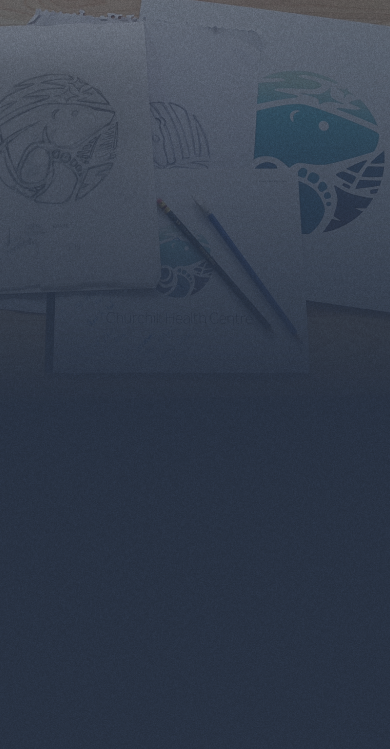
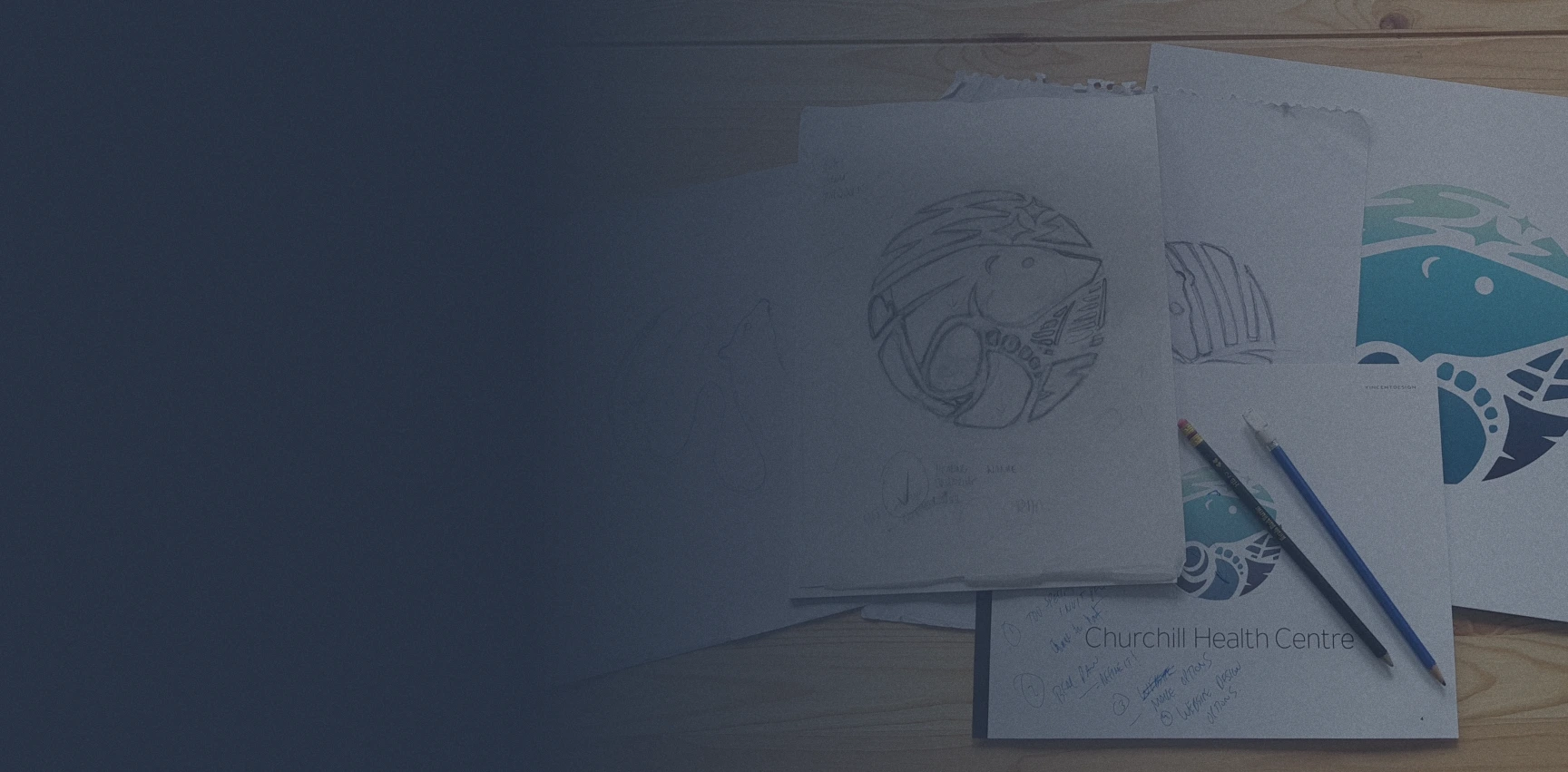
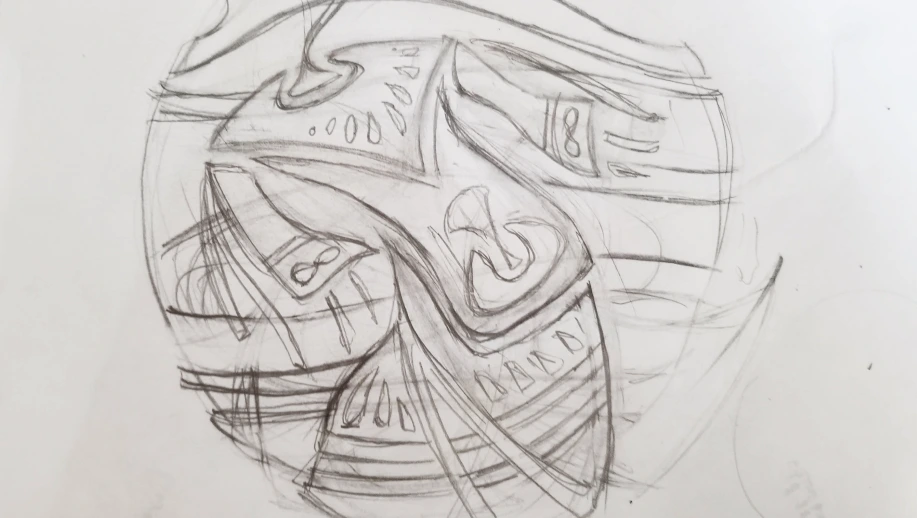
Listening And Input
Input is critical, listening even more so. There is always more to hear, more to learn. Listening and dialogue complement our artistic vision.
We listen and seek input from our clients, colleagues and community to ensure we understand the context and that our designs are respectful. We value finding new ways to include different ways of knowing, diverse perspectives and inclusive, meaningful elements.
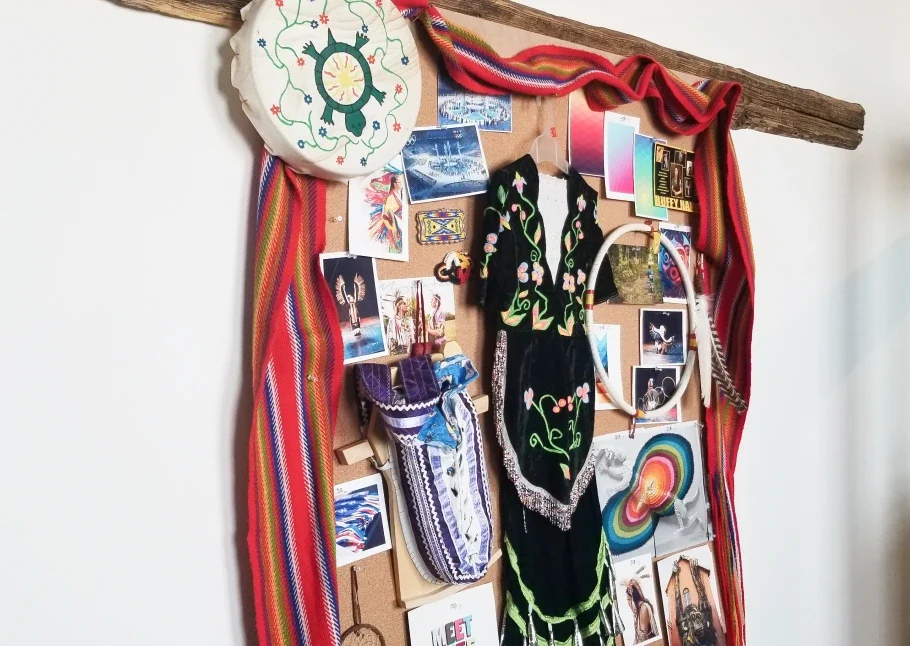
Research And Pathfinding
Building a brand that resonates means identifying experiences and memories that can be linked to a concept. We spend a lot of time getting to know each client, their business, goals, stories and perspectives to find those links.
If you’ve worked with us before, you’d remember this stage from the branding questionnaire and creative brief we may have asked you to fill out. Sometimes these documents can be a daunting exercise for clients to undertake, especially for a first-time branding or design project. But this level of detail and consideration helps us extract the right information and focus on the right areas for the most effective designs. It provides a point of reference and framework that can be revisited and used for creating and developing any creative project or campaign.
Brainstorming And Sketching
With a solid background and understanding of our clients and their needs grounding our work, we move on to conceptualizing our ideas and possible design directions. At this stage of the process, we are considering everything from imagery and style to colour palette and font. Even the simplest logo comprises many graphic elements, and each one needs to complement the vision and design as a whole.
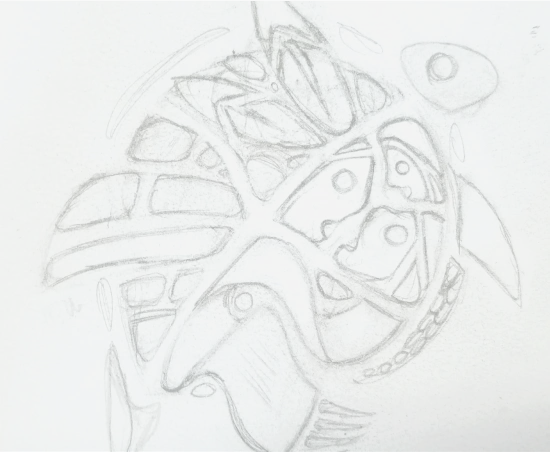
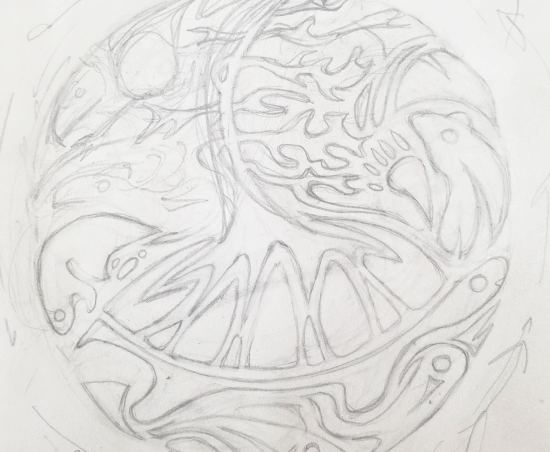
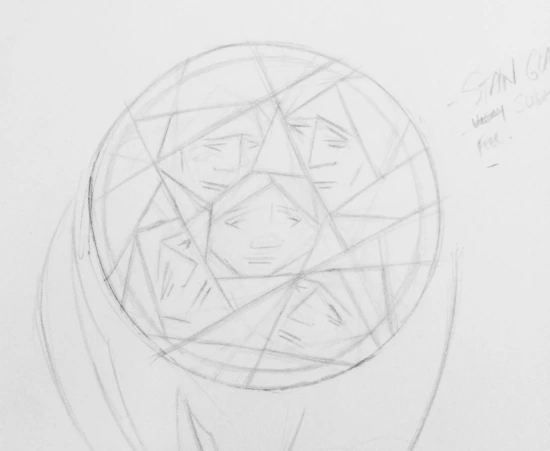
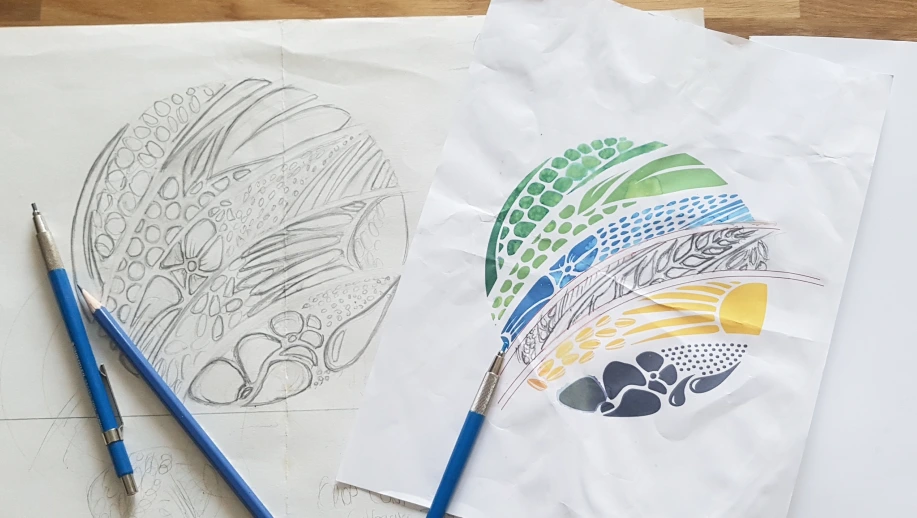
Presentation And Feedback
We like to think that we know we’re at the end of a project when we’re back where we started: listening and engaging with our clients. Part of presenting a design is conveying our passion for our work along with the rationale and decisions that guided us. But it’s also about paying careful attention to the initial reactions, impressions and feedback on our ideas. As experienced artists and designers, we know that reviewing, refining and finalizing a design is all about two-way dialogue and ensuring our work checks every box on a client’s list.
Our Indigenous consultation process
Vincent Design’s Indigenous consultation process for design and marketing projects includes respectful and thoughtful approaches to collaboration with critical stakeholders.
Here’s our Indigenous consultation framework:
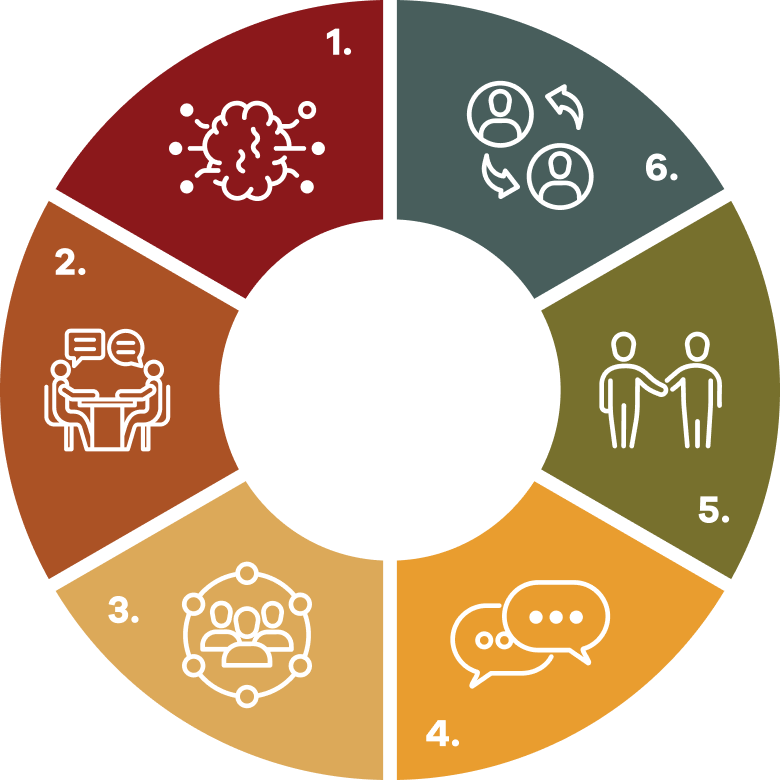
-
Researching Community:
We aim to understand the culture and what’s important to the community we’re working with. Every community and its members have unique customs, traditions, and values. We work closely with them to listen, learn, and use their guidance as we explore resources.
-
Building Relationships:
Above all else, building relationships has been a keystone of Vincent Design’s work on Indigenous focused services. This involves informal meetings, and participating in community events like naming ceremonies for new initiatives.
-
Identifying Collaborators:
We consult with community leaders to identify and connect with elders who have the appropriate knowledge and authority to guide the project. We ensure diverse perspectives are represented within the project group.
-
Open Dialogue in Collaboration:
Creating safer spaces for discussion where project participants feel comfortable sharing their insights is critical to our work and the collaborative process. We listen carefully and welcome input. Rather than pushing our own ideas, we focus on understanding different viewpoints and then enhancing and building on those concepts.
-
Consent and Acknowledgment:
Getting consent to use cultural elements ensures elders and knowledge keepers are recognized in the final result. We respect any boundaries they have about sharing their knowledge, and ask thoughtful questions to understand how we can work together respectfully on the project.
-
Concluding Reflections:
After the project is completed, we share the outcomes and acknowledge all contributors publicly. We reflect on the consultation process, gather feedback from the elders and project participants on how it could be improved for future projects.

